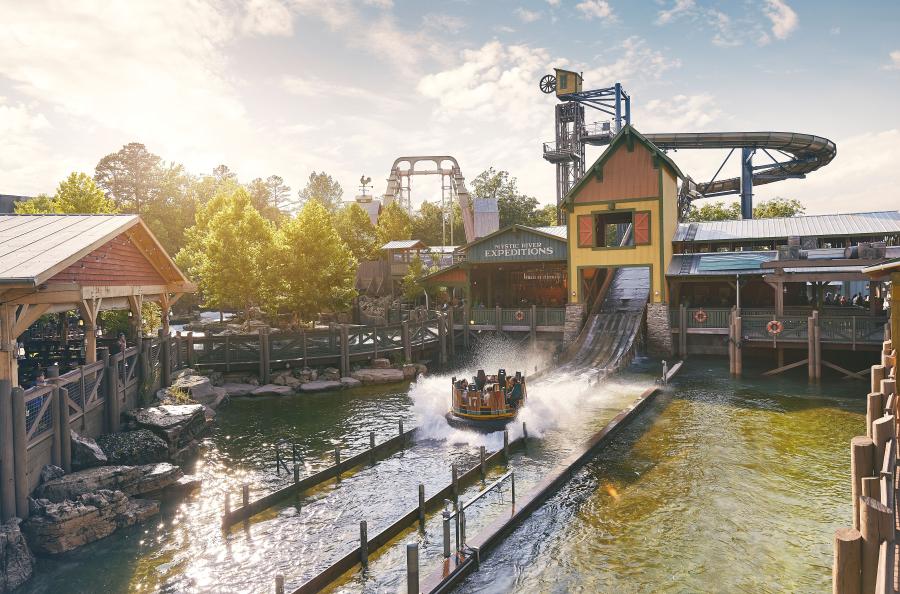While new rides, shows, and entertainment create buzz when they debut, attractions of all sizes and budgets can generate positive publicity year-round with the right strategies. IAAPA News turned to three industry pros for their best tips.
Relationships Are Key
“When you invest in [members of local] media as people, it pays dividends in the stories they write,” says Quinn Bryner, director of public relations at Hershey Entertainment & Resorts. She pays close attention to local media's favorite coasters, the ages of their kids, favorite foods, and life events—even going as far as sending a Hersheypark onesie to celebrate a birth. “We prep itineraries and story ideas customized to their family's interests so they have a better connection to us and what our destination offers,” she says. “It's the little details that pay off with the best stories from authentic memories.”
Sharon Parker, senior manager of marketing at Gateway Ticketing Systems, agrees. As the former president and marketing maven at Six Flags Over Texas, Parker spent 15 years drumming up positive press. She notes that it's easy to share good news, but it's a two-way street. It is important to have that same energy and honesty when things are not going well. “When you have that transparency during the difficult scenarios, you're allowed to more freely pitch those fun things,” she says.
Find the Unique Story
When it comes to publicity, Lisa Rau, communications director at City of Branson and former Silver Dollar City public relations guru, calls herself a “junkyard dog” who can see, sense, and feel opportunity. Rau says that those with similar instincts should be encouraged to examine what feels exciting about a prospective topic. “Does a person, event, or activity make you curious? Pursue the angles, uncover what might be little known facts—and do your research into the attraction, topic, person, or pending event,” she advises. Rau once tapped into Silver Dollar City’s history, building on actual historic events while weaving a backstory for a new ride. This led the press and the public to better see the upcoming attraction as rich, colorful, and full of personality.
Go Directly to Media with High-Impact Visuals
When trying to get national attention, consider investing in great B-roll, drone footage, or photography. “This allows your content to reach a larger audience without ever leaving your office,” explains Bryner. “Sending drone B-roll alerts has increased our regional coverage substantially post-COVID.”
Define the Target Audience
Rau suggests considering if the subject could stand on its own, whether it’s newsworthy, and who would care about it. Is it complex, visually appealing, and full of enough energy for an in-depth video project? Can you visualize it in print with supporting photos? Is it only appealing to your social media audiences, or would it flourish beyond your established following? It is important to identify to what medium (and even which journalist) fits your story.
Bryner takes the same approach by investing in social media to speak directly with consumers and share user-generated content. “Our team thinks social first,” Bryner says, determining what visuals they can share to tell their story and pondering what consumer questions they need to answer. “We work backwards with that messaging to create the perfect post. We’ve gotten countless stories from photos we share on social first, so it's a powerful storytelling method.”
“The key thing to keep in mind is, you get what you give,” says Parker. “Don’t relish in your last success. Make it your springboard for your next wave of success.”
Lisa Beach is an Orlando freelance journalist, copywriter, and content marketing writer. Her work has been published in The New York Times, Conde Nast Traveler, Islands, Parade, Good Housekeeping, USA Today, Costco Connection, and dozens more. Check out her writer’s website at www.LisaBeachWrites.com.


